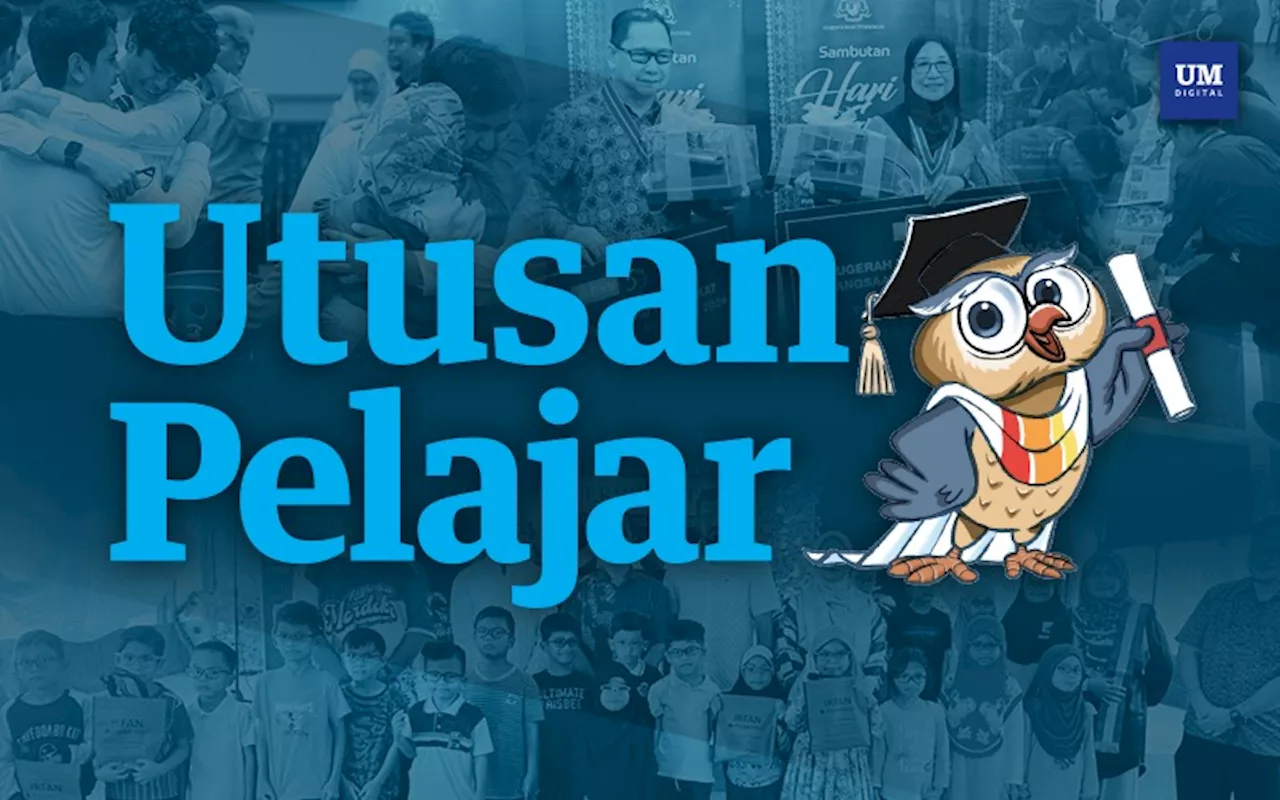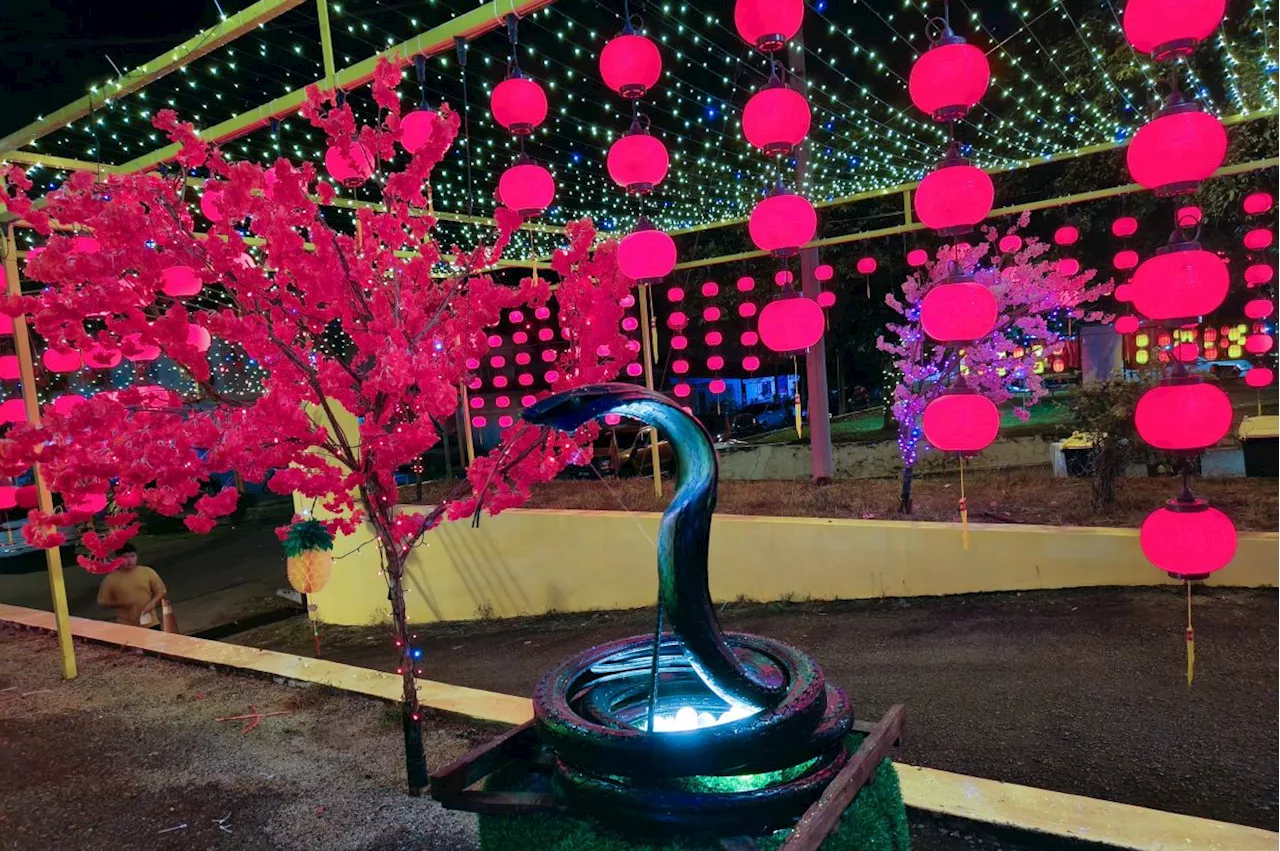Explore the history and impact of seatbelts, from their humble beginnings to their lifesaving capabilities. Learn about the surprising statistics regarding seatbelt usage in Malaysia and the importance of prioritizing safety on the road.
Imagine getting into a car crash. Suddenly, your body is flung forward like a ragdoll, smashing into the dashboard or windshield. Seatbelts are designed to spread the force of a crash across the strongest parts of your body, like your hips and chest, protecting your delicate head and internal organs. Think of them as a safety net, keeping you from being thrown around inside the car or even ejected from it during a collision.
Seatbelts are an important safety feature in cars, holding you snugly in place and preventing or mitigating injuries in the event of a car accident. \Here are some interesting facts about seatbelts: 1. The first seatbelts weren't used in cars. Way back in the 19th century, an English engineer named George Cayley invented a simple lap belt for his glider. This early seatbelt helped keep passengers secure during bumpy flights. Then, in 1885, Edward J Claghorn patented a more advanced 'Safety Belt' that resembled a modern climbing harness. This belt was designed to be worn around the waist and fastened with a buckle, offering a greater level of protection. The patent describes the belt to be 'made of leather and webbing, and of sufficient length to pass around the waist of the person using it, is provided at one of its ends with a buckle, for the other end to engage with when securing the belt to the person'. 2. The first country to actually make seatbelt use mandatory was Australia. Australia's mandatory seatbelt law was inspired by the success of trials using Hemco seatbelts in police vehicles, which were designed by Desmond Hemphill. Hemco is one of Australia's biggest seatbelt manufacturers. These trials showed a significant reduction in injuries and deaths among police officers, leading to the implementation of the law. In contrast, the introduction of mandatory seatbelt laws in the United States faced resistance from certain segments of the public. Some people even challenged the laws in court or removed seatbelts from their cars. 3. The seatbelt was made free despite its potential to generate practically unlimited revenue. This is where the story of the seatbelt takes an interesting turn! While the three-point seatbelt was patented by Nils Bohlin in 1959, Volvo, the company he worked for, made a remarkable decision. They gave away the patent for free, allowing any car manufacturer to use the design without paying royalties. Volvo recognised the immense potential of the three-point seatbelt to save lives and prevent injuries. They believed that making the design freely available would encourage its widespread adoption and ultimately lead to safer roads for everyone. This selfless act has been hailed as one of the most significant contributions to automotive safety in history. The three-point seatbelt, thanks to Volvo's decision, quickly became a standard feature in cars worldwide, regardless of the brand. 4. Seatbelts can potentially save over 500,000 lives annually. The Global Status Report on Road Safety 2018 reported that 1.35 million people die each year on the road. Statistics show that wearing a seatbelt cuts the risk of death for front-seat passengers by roughly 45% in cars, and 60% in larger vehicles like SUVs and vans. They also decrease the chances of moderate to critical injuries by 50% and 65%, respectively. Not wearing a seatbelt makes you 30 times more likely to be ejected from a vehicle during a crash, significantly increasing the risk of fatality. Unbelted passengers can also become dangerous projectiles, harming themselves and others inside the vehicle. The American National Highway Traffic Safety Administration (NHTSA) estimates that seatbelts have saved hundreds of thousands of lives since they were introduced, highlighting their crucial role in vehicle safety. 5. Only one in four Malaysians wear their seatbelts, which is pretty worrying. According to a report by the Malaysian Institute of Road Safety Research (MIROS), only 25% of Malaysians buckle up during their daily commutes. This means that out of the 36.3 million cars on Malaysian roads, roughly 4.5 million drivers would survive a frontal collision in an event of an accident. That's a relatively small number. For context, Selangor has a population of roughly 6 million, and the number of drivers who buckle up is concerningly low. This trend highlights the need for increased awareness and enforcement of seatbelt laws in Malaysia to protect lives on the road
Seatbelts Safety Road Safety Malaysia Statistics Car Accidents Volvo History
Malaysia Latest News, Malaysia Headlines
Similar News:You can also read news stories similar to this one that we have collected from other news sources.
 Poll: Eight in 10 Malaysians say speaking Malay a must to ‘truly’ belongKUALA LUMPUR, Jan 29 — A survey by global pollster Pew Research Center found that 79 per cent of Malaysian respondents said speaking the country’s main language is very...
Poll: Eight in 10 Malaysians say speaking Malay a must to ‘truly’ belongKUALA LUMPUR, Jan 29 — A survey by global pollster Pew Research Center found that 79 per cent of Malaysian respondents said speaking the country’s main language is very...
Read more »
 Rising Bankruptcies Among Young Malaysians: A Call for Financial Literacy EducationPersonal loans are leading to a surge in bankruptcy cases, especially among young adults aged 25-44. The text urges for structured financial literacy education in schools to prevent future financial distress among the youth.
Rising Bankruptcies Among Young Malaysians: A Call for Financial Literacy EducationPersonal loans are leading to a surge in bankruptcy cases, especially among young adults aged 25-44. The text urges for structured financial literacy education in schools to prevent future financial distress among the youth.
Read more »
 Malaysians come together to celebrate MCA Chinese New Year open houseMANILA: Three more Chinese vessels, including the so-called “monster ship,” were detected near Bajo de Masinloc as the Philippine Coast Guard (PCG) continues its monitoring efforts off Zambales.
Malaysians come together to celebrate MCA Chinese New Year open houseMANILA: Three more Chinese vessels, including the so-called “monster ship,” were detected near Bajo de Masinloc as the Philippine Coast Guard (PCG) continues its monitoring efforts off Zambales.
Read more »
 New WhatsApp Chatbot Aifa Helps Malaysians Combat Fake NewsA new WhatsApp chatbot called Aifa (Artificial Intelligence Fact-Check Assistant) is now available to Malaysian users, allowing them to verify text messages before forwarding them. The chatbot, launched by Communications Minister Fahmi Fadzil, aims to curb the spread of misinformation, particularly in light of the rapid dissemination of fake news online.
New WhatsApp Chatbot Aifa Helps Malaysians Combat Fake NewsA new WhatsApp chatbot called Aifa (Artificial Intelligence Fact-Check Assistant) is now available to Malaysian users, allowing them to verify text messages before forwarding them. The chatbot, launched by Communications Minister Fahmi Fadzil, aims to curb the spread of misinformation, particularly in light of the rapid dissemination of fake news online.
Read more »
 AKPK Encourages Malaysians to Embrace Snake Symbolism for Financial PlanningCredit Counselling and Debt Management Agency (AKPK) encourages Malaysians to reflect on the cultural significance of the snake during Chinese New Year, particularly in relation to financial planning and wealth creation across generations.
AKPK Encourages Malaysians to Embrace Snake Symbolism for Financial PlanningCredit Counselling and Debt Management Agency (AKPK) encourages Malaysians to reflect on the cultural significance of the snake during Chinese New Year, particularly in relation to financial planning and wealth creation across generations.
Read more »
 Malaysians Share Their Favourite CNY Outfits & Why They Like ThemGet some inspiration for your CNY celebrations from Malaysians sharing their favourite outfits and the reasons behind their choices.
Malaysians Share Their Favourite CNY Outfits & Why They Like ThemGet some inspiration for your CNY celebrations from Malaysians sharing their favourite outfits and the reasons behind their choices.
Read more »
